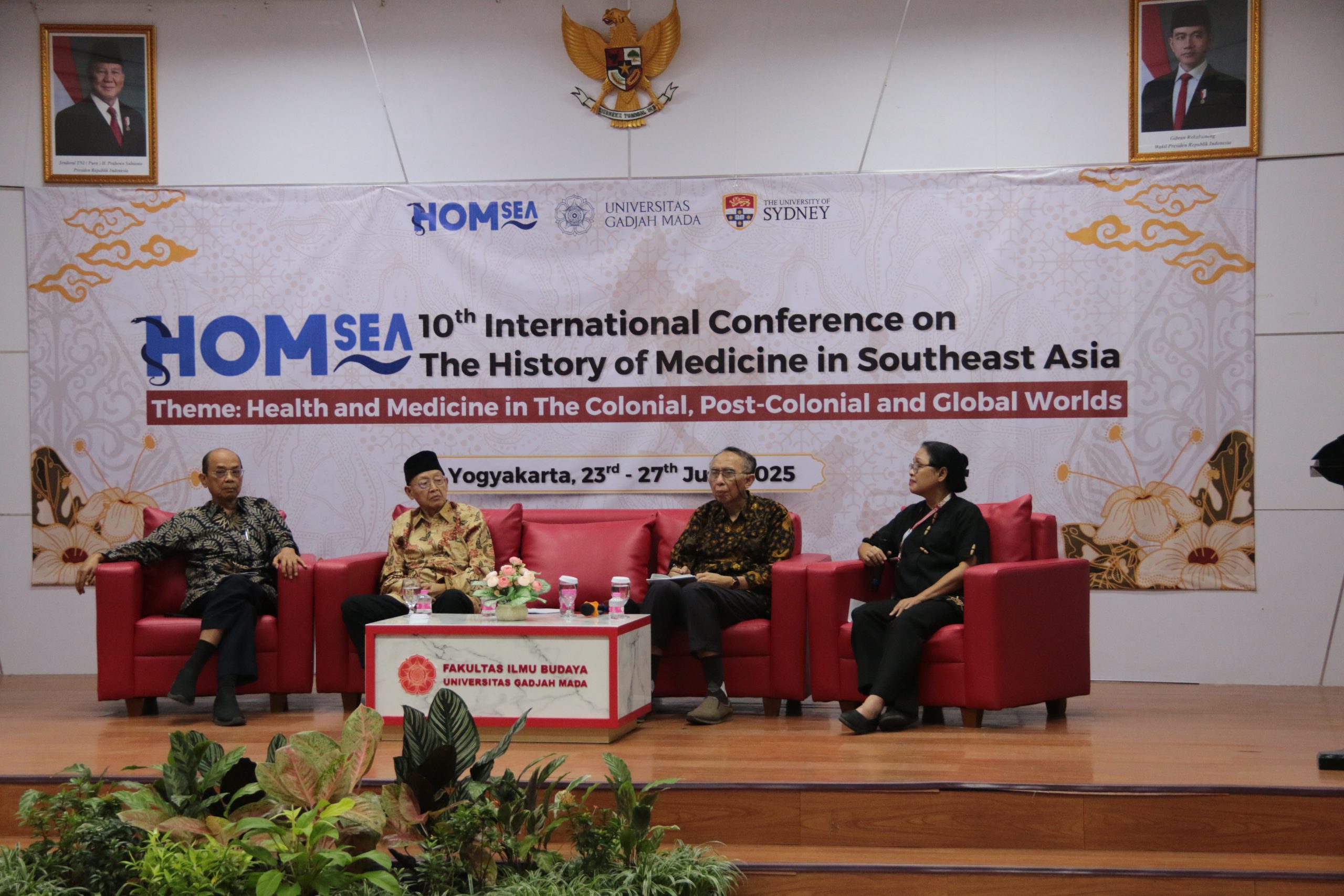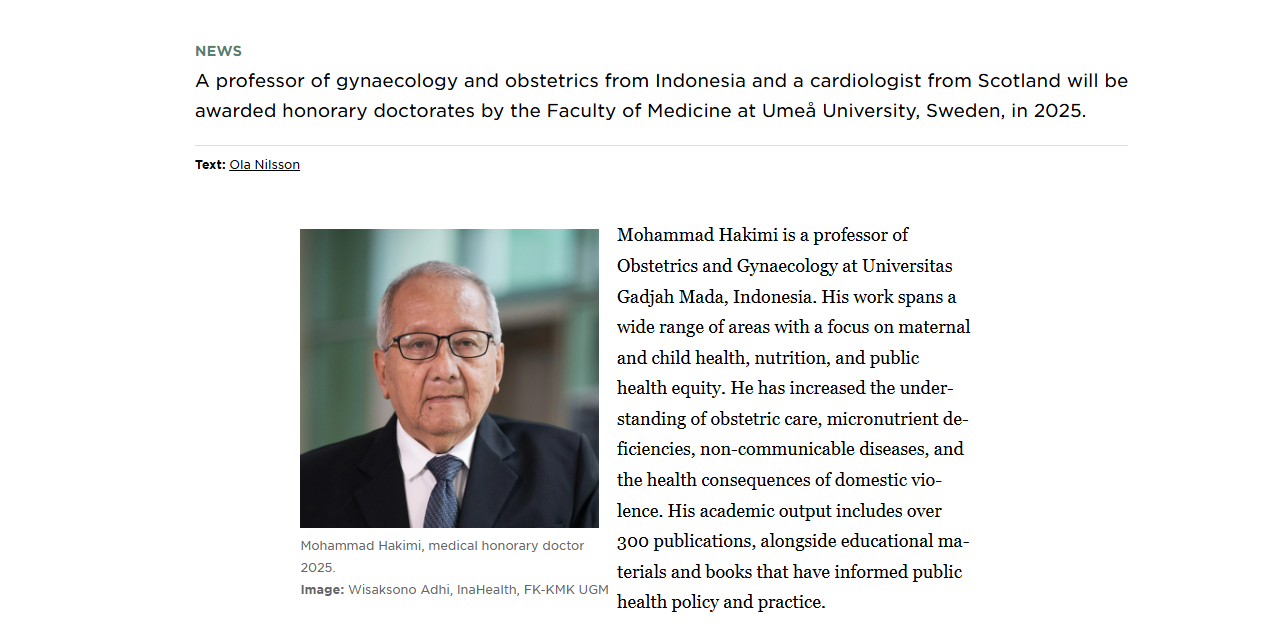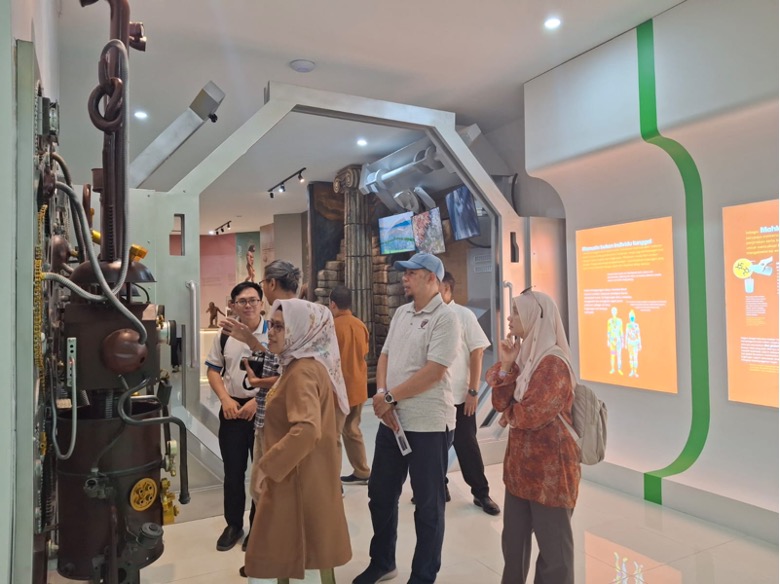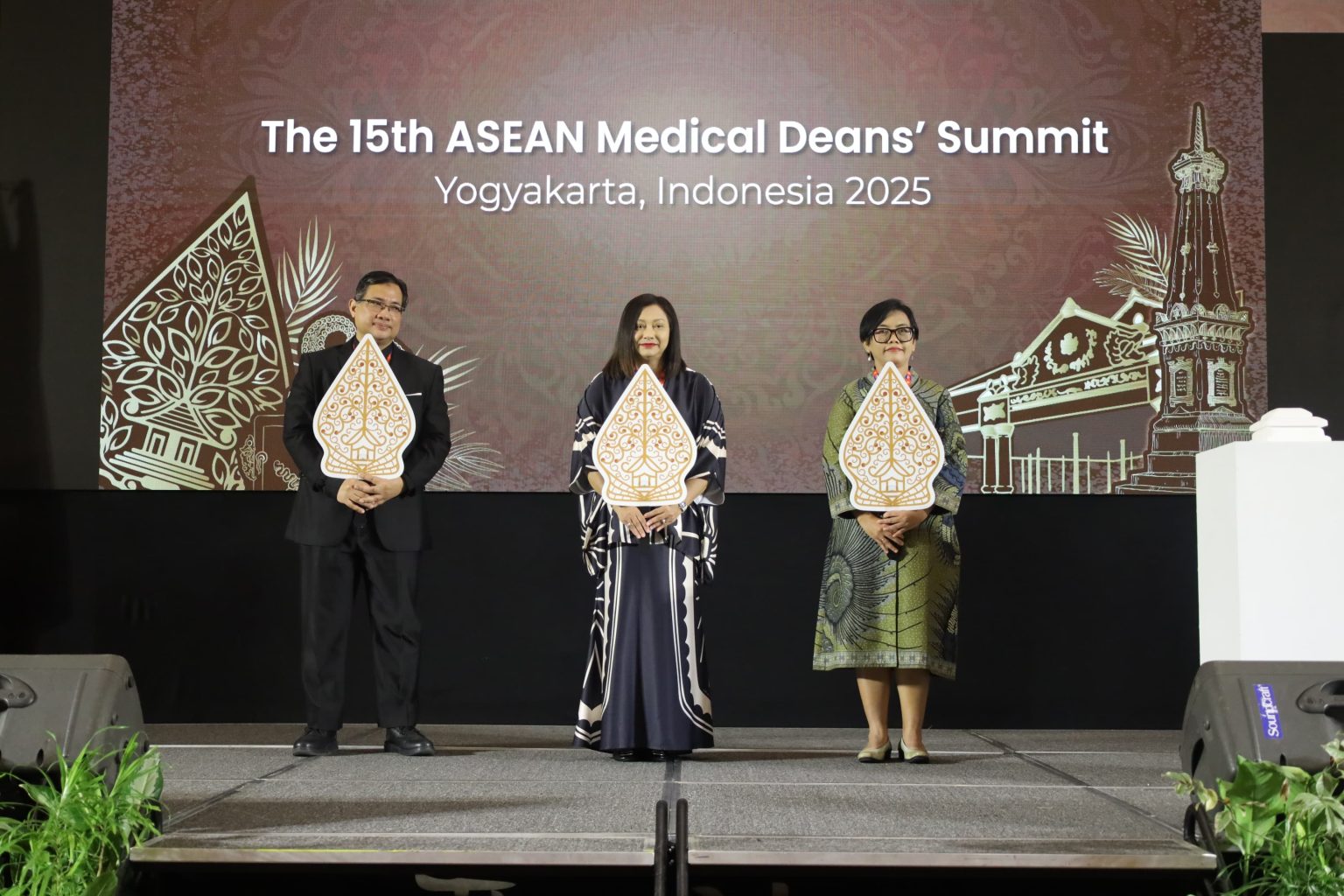FK-KMK UGM. Rheumatic Heart Disease (RHD) remains a significant public health challenge in many developing countries, including Indonesia. This chronic condition, caused by Acute Rheumatic Fever (ARF), often stems from a throat infection with group A Streptococcus bacteria.
To address this critical issue, the Department of Cardiology and Vascular Medicine at the Faculty of Medicine, Public Health, and Nursing, Universitas Gadjah Mada (FK-KMK UGM), hosted the “Jogja Cardiovascular Epidemiology and Prevention Forum 2024” on Thursday (16/10) at the UC Hotel UGM.
The symposium featured three notable speakers, including Prof. Ganesan Karthikeyan, MBBSM, MD, DM, M.Sc., from the Biotechnology Research and Innovation Council (BRIC) and the Translational Health Science and Technology Institute (THSTI) in India, as part of the 2024 Visiting Professor and Guest Lecture Program at FK-KMK UGM.
In his presentation, Prof. Karthikeyan highlighted that 40-60% of children who experience ARF will eventually develop RHD.
“Preventing this disease must start early, primarily through accurate diagnosis and timely treatment of Streptococcal infections,” he stressed.
Acute Rheumatic Fever is an autoimmune response to a Streptococcal throat infection that can cause systemic inflammation, affecting the brain, joints, skin, and, most critically, the heart. Without proper intervention, ARF can lead to permanent damage to the heart valves, a condition known as Rheumatic Heart Disease.
“Often, the disease is not detected in its early stages, and patients only realize the severity when they develop heart failure, at which point surgery may be the only option,” explained Prof. Karthikeyan. He added that early detection and prevention are essential to reducing the prevalence of this condition.
Prof. dr. Indah Kartika Murni, M.Kes., Sp.A(K)., Ph.D., a pediatric heart specialist at Dr Sardjito General Hospital, echoed Prof. Karthikeyan’s concerns. She elaborated on the severe complications of RHD, including atrial fibrillation, ischemic stroke, heart failure, and infective endocarditis.
Atrial fibrillation causes irregular heartbeats, which can lead to blood clots and an increased risk of stroke. Additionally, RHD often results in heart failure, marked by symptoms like shortness of breath, fatigue, and swelling in the legs.
Infective endocarditis, a bacterial infection that targets damaged heart valves, is another significant risk for RHD patients, especially those with poor oral hygiene. This highlights the importance of maintaining dental health to prevent such complications.
Preventing RHD can be addressed on multiple levels. Primordial prevention involves improving housing and sanitation conditions to reduce the risk of Streptococcal infections. Primary prevention focuses on treating throat infections with antibiotics, such as penicillin, to prevent ARF from developing.
“Intramuscular penicillin remains the gold standard in preventing acute rheumatic fever,” noted Prof. Indah, referencing its effectiveness in reducing ARF risk by 70%.
For patients already diagnosed with ARF, secondary prevention is critical. This involves routine antibiotic treatments to prevent recurrent throat infections and further damage to heart valves.
“Secondary prevention is vital for children who have experienced rheumatic fever, as each recurrence can worsen the condition of the heart valves,” she added.
One of the biggest challenges in managing RHD in Indonesia is the loss of follow-up after initial diagnosis. A retrospective study at Dr. Sardjito General Hospital, conducted between 2013 and 2020 on 127 newly diagnosed RHD children, revealed that 30.7% of patients discontinued follow-up care after one year.
“The loss of patient follow-up exacerbates their prognosis. Without continuous monitoring and treatment, the disease progresses unchecked,” warned Prof. Indah.
The symposium also shed light on the long-term survival rates of RHD patients, with a one-year survival rate of 93.6%, which sharply declines to 60.1% by the eighth year.
This symposium underscores FK-KMK UGM’s commitment to the Sustainable Development Goals (SDGs), including Good Health and Well-Being (SDG 3), Quality Education (SDG 4), Industry, Innovation, and Infrastructure (SDG 9), Reduced Inequalities (SDG 10), Responsible Consumption and Production (SDG 12), and Partnerships for the Goals (SDG 17). (Isroq Adi Subakti/Reporter).






